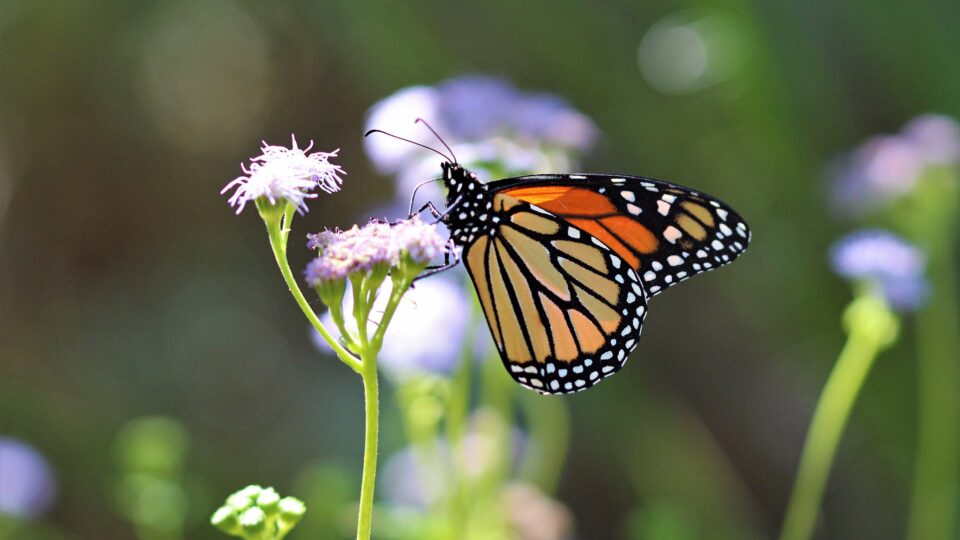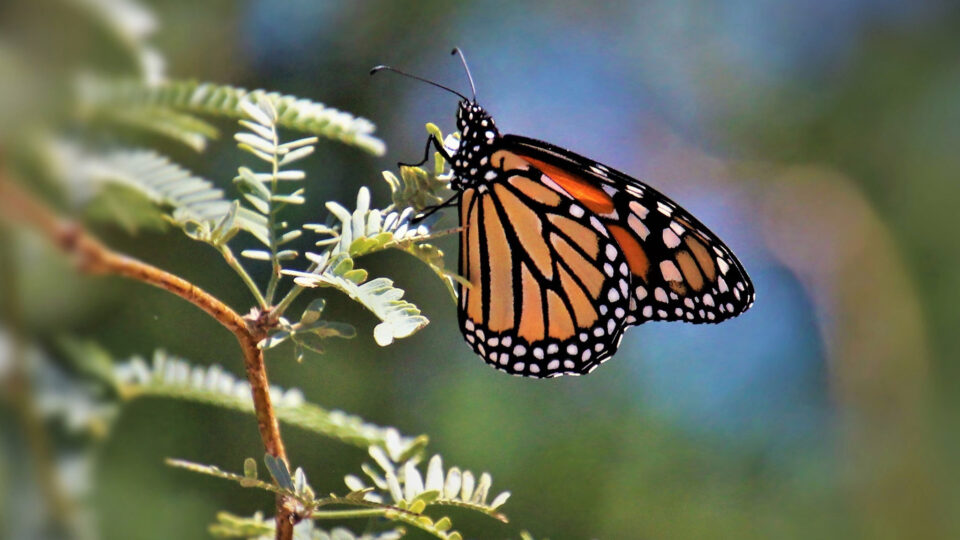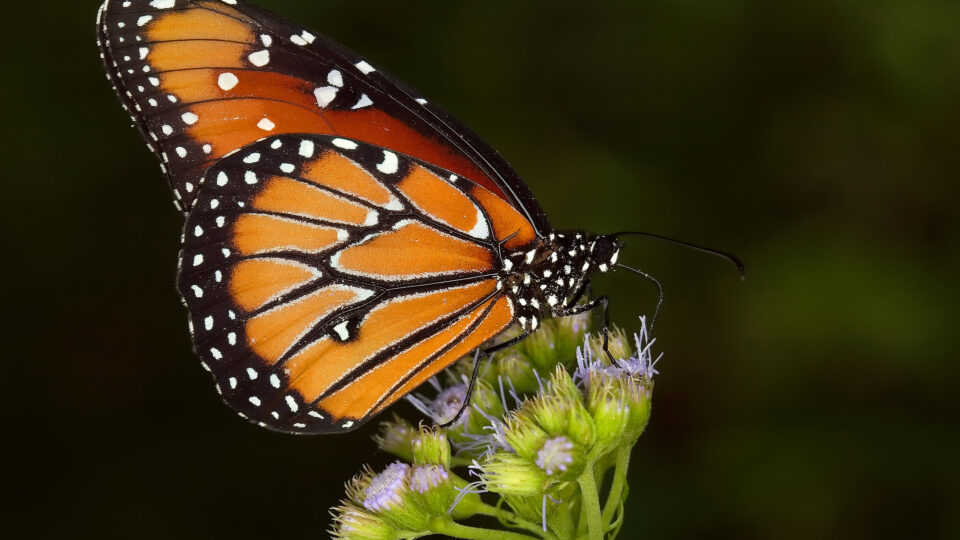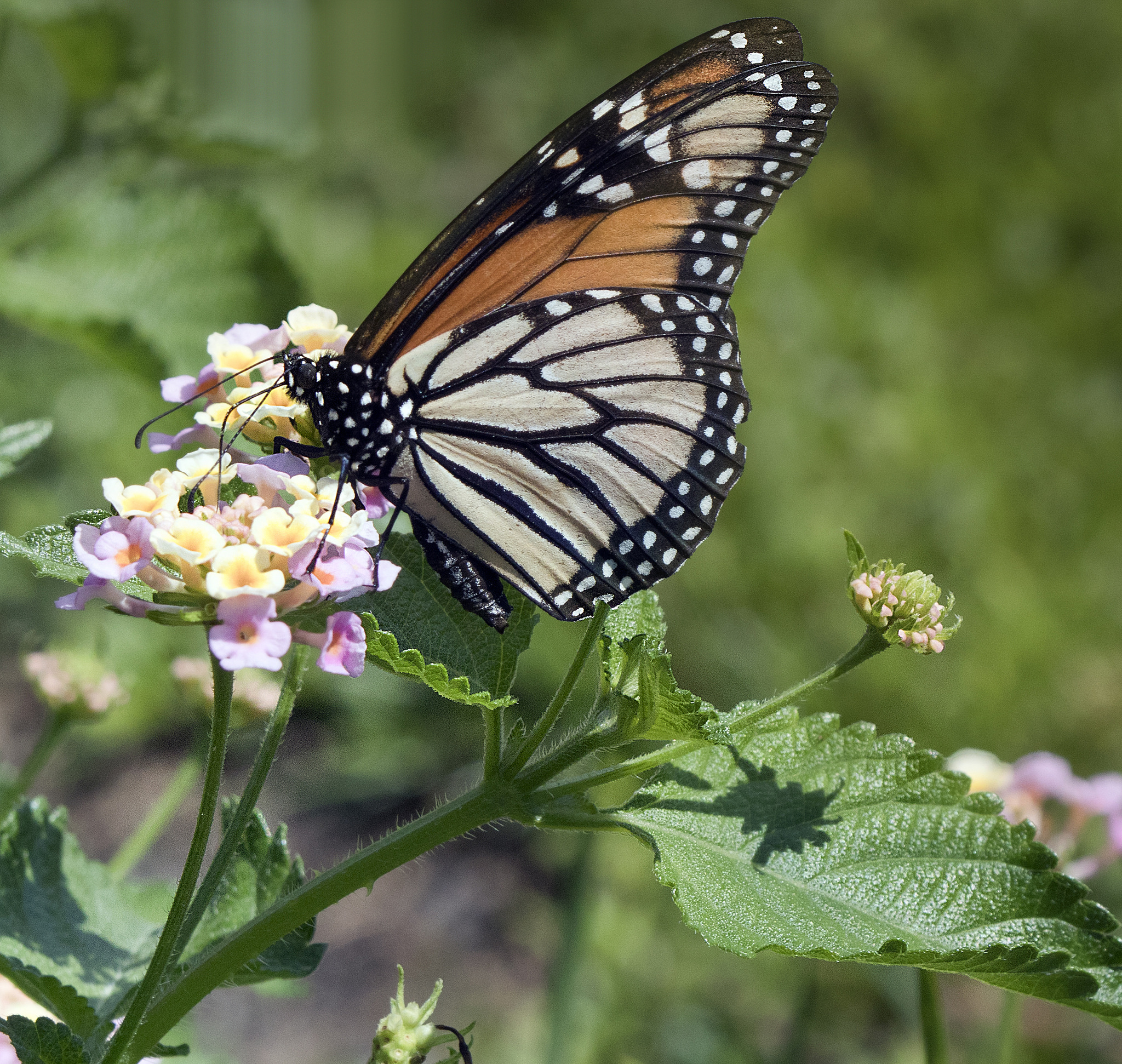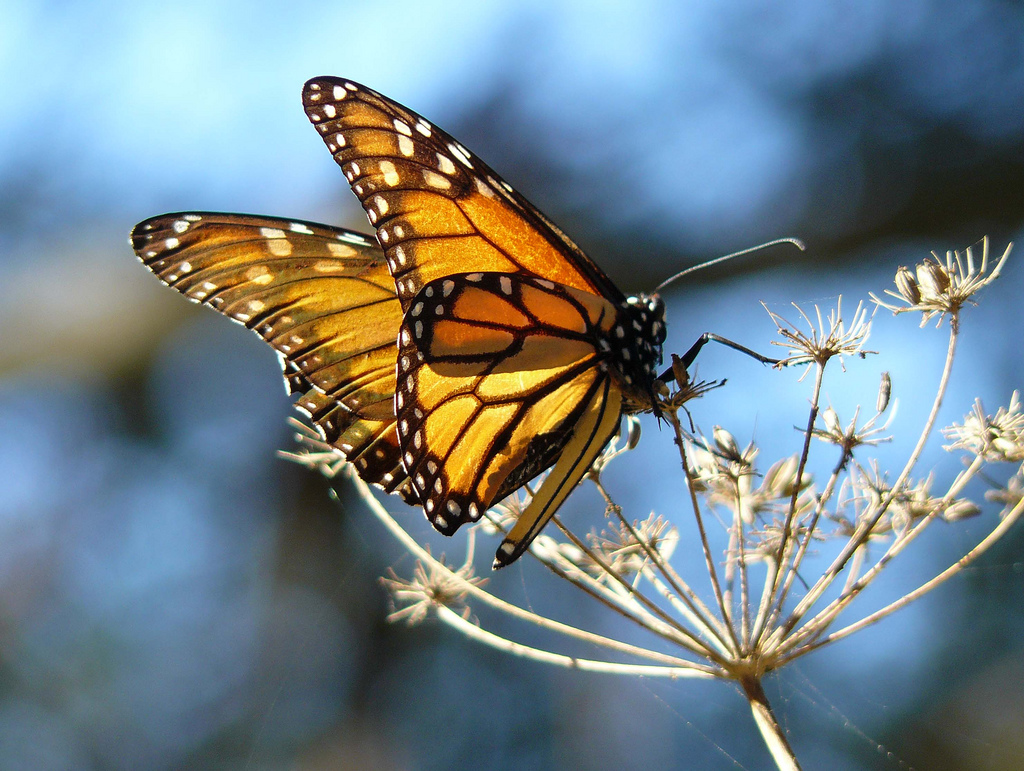For years, we have heard that the iconic monarch butterfly is in great peril. Monarchs east of the Rocky Mountains undertake a 4-generation, 3,000-mile migration in late summer to their winter home in central Mexico. Since the 1990s, the overwintering monarch colonies began a steep decline causing scientists to fear for the sustainability of the species. Trying to help, ordinary citizens have been planting milkweed – the food for the caterpillars – and have been rearing eggs and caterpillars on their porches and releasing adult butterflies.
A number of recent studies have rocked the world of monarch science. A growing group of scientists now believe that monarchs are not in fact imperiled and that the home rearing and commercial breeding of monarchs is actually a major threat to the butterfly.
According to a comprehensive 2022 study, there has been no sharp decline in Eastern monarch populations across their summer breeding range. The long-term declines in winter colony sizes are real but do not appear to be affecting the collective breeding population of Eastern monarchs.
An undisputed major threat to monarchs is a parasite known as OE, which weakens butterflies and also makes it unlikely for them to complete migrations. It turns out that overcrowding of butterflies resulting from the efforts of backyard and commercial breeders is increasing the spread of the disease. The butterflies are in need of social distancing.
Monarch scientists are split into two camps. One group calls for the protection of the butterfly under the Endangered Species Act. The other says that what monarchs most need is for us to leave them alone. It is a confusing situation.
**********
Web Links
Rethinking Monarchs: Does the Beloved Butterfly Need Our Help?
Photo, posted October 1, 2021, courtesy of Renee Grayson via Flickr.
Earth Wise is a production of WAMC Northeast Public Radio
